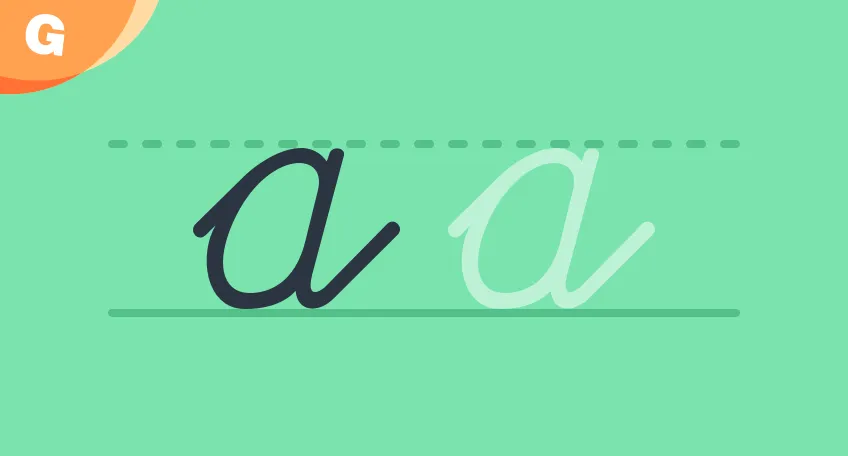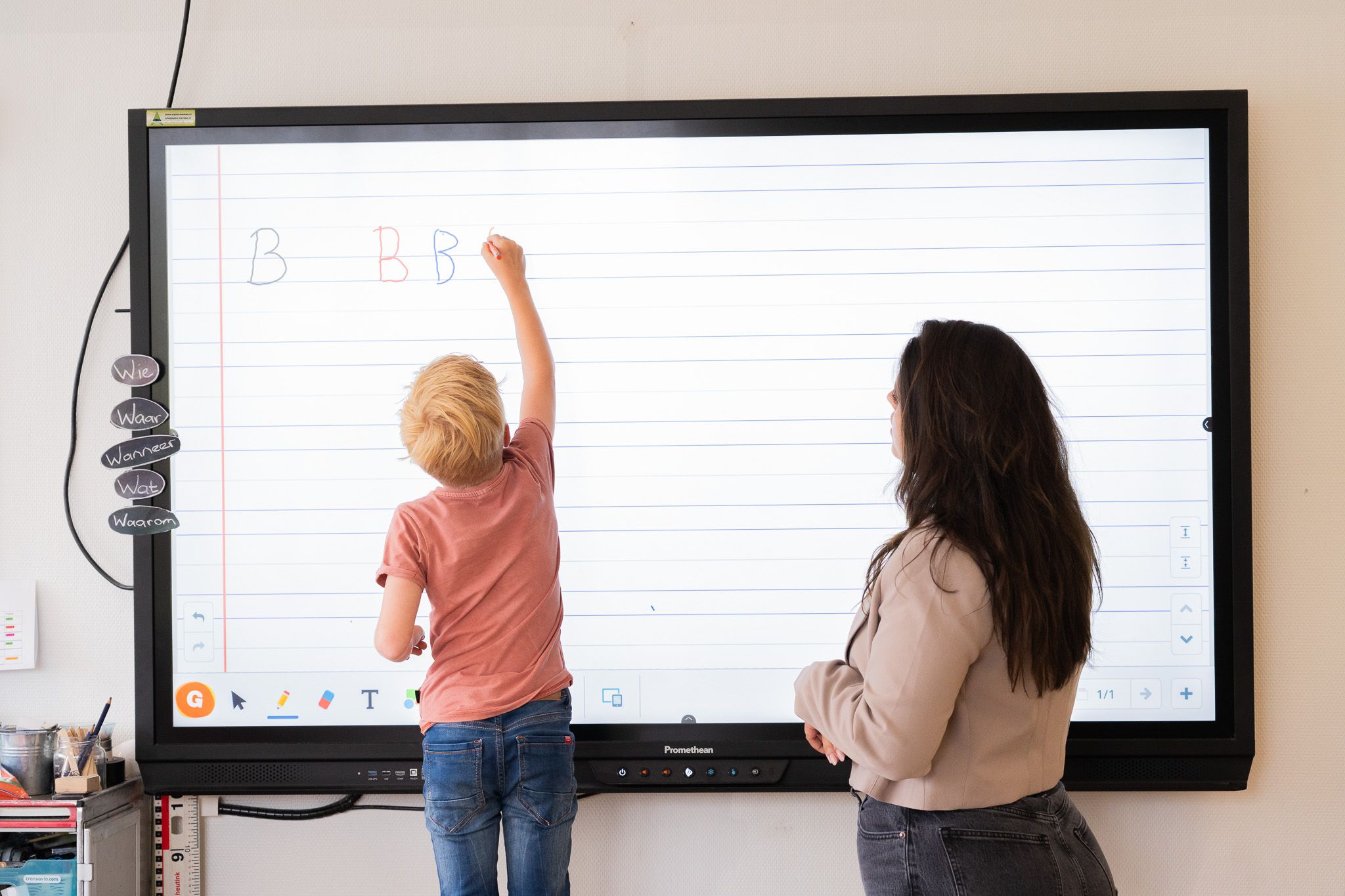
Handwriting Curriculum: How to Teach Using Different Fonts and Techniques
Teaching handwriting is an important part of any elementary curriculum. But it's more than just a skill to learn—it's the foundation of a child's ability to express themselves!
One of the challenges teachers face, however, is to accommodate the varied learning styles within the classroom.
This often requires a versatile approach to help teachers connect and resonate with the needs of every student.
Strategies for Teaching Handwriting
Conventional methods, like worksheets, have long been a cornerstone in teaching handwriting in kindergarten and throughout elementary school.
Worksheets featuring traced letters and line guides can provide good structure for practice.
A worksheet with dotted-line letters, for instance, helps children master letter shapes and sizes in a systematic way.
Online tools can also add an exciting, interactive layer to handwriting instruction.
Applications and software that digitize handwriting exercises can dramatically boost engagement. Imagine letter tracing or letter formation brought to life on an interactive whiteboard.
Choosing Handwriting Fonts
In selecting fonts for teaching handwriting, Zaner-Bloser and D'Nealian stand out.

Zaner-Bloser
The Zaner-Bloser font, known for its simplicity, is perfect for beginners.
Its focus on straightforward, vertical strokes and consistent letter shapes makes it easy for children to grasp and mimic.

D'Nealian
The D'Nealian font is distinguished by its slanted letters and distinctive style.
It facilitates a smooth transition from printing to cursive writing using angled strokes and connected letters.
Using Traditional Techniques and Digital Resources
Blending traditional worksheets with digital exercises can offer a comprehensive handwriting learning experience.

For instance, you might provide a Zaner-Bloser worksheet to lead the class through each letter. Then, students can practice the same letter using a digital tool on the board and receive instant feedback on their technique.
This combination not only underscores the significance of teaching handwriting; it addresses diverse learning styles, too. While some students do well with tactile practice on paper, others might find digital interaction more engaging and informative.
So why not mix and match those worksheets with some digital dazzle, and watch as your classroom transforms into a world of letters and learning!
Try Gynzy
